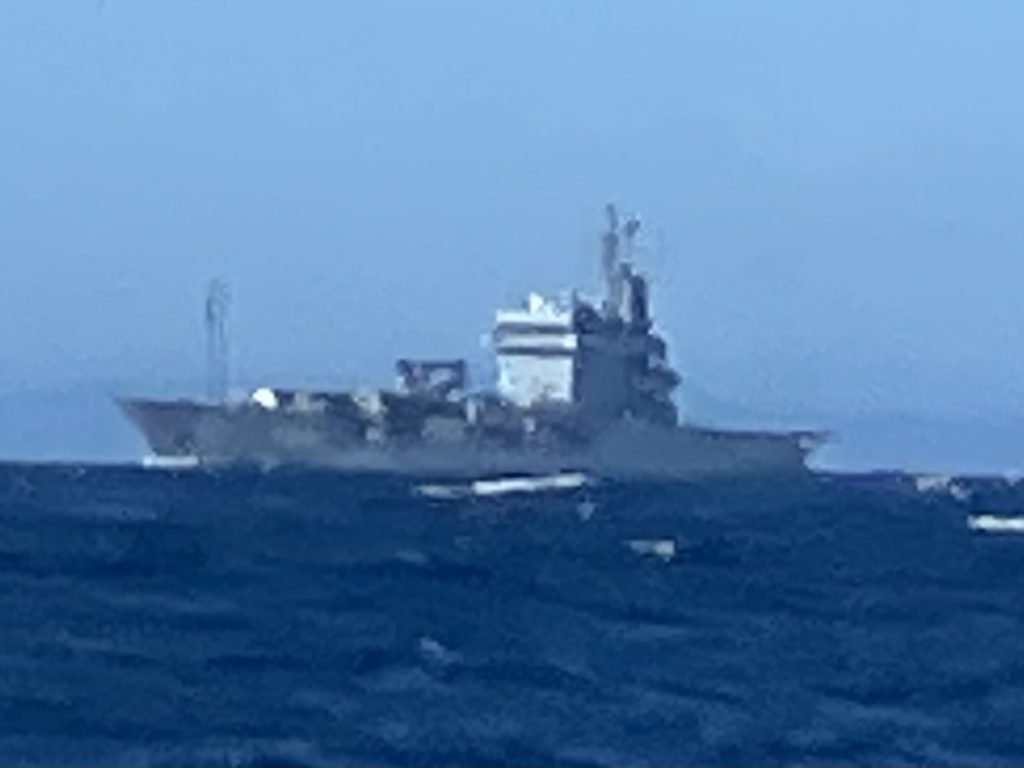
It was a bit of a crazy departure from Cascais. We got up early, only to discover that our anchor had dragged 200+ feet the last few hours. Luckily we were at the back of the anchorage and therefore hit no other boats. Even more luckily the anchor came up cocked at a crazy angle riding on the swivel, and we were able to see exactly what the problem was: As the winds eased, the boat had begun swinging with the tidal current again, sometimes up to 180 degrees. during one of those swings the swivel bent and managed to hook the anchor, pulling it out and not letting it reset. The swivel has not been doing its primary job anyway (preventing twist in the chain), so it will be coming off at our earliest opportunity.
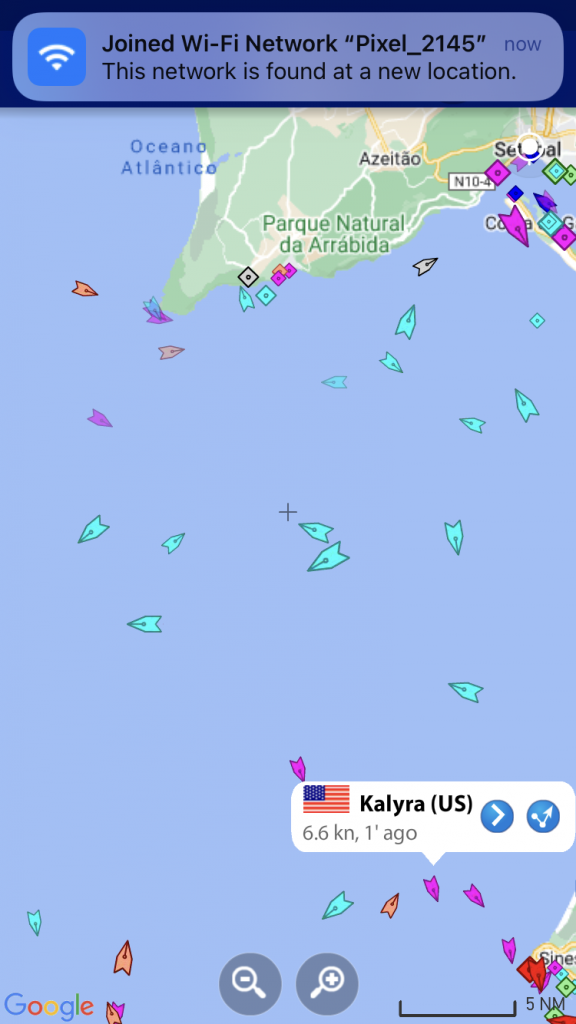
Traveling the coast is now a predictable pattern. We usually aim to make 50-ish miles a day given the amount of daylight hours we have (we try not to enter unfamiliar harbors in the dark). We leave around 7 in the morning, knowing there won’t be wind till the afternoon, so we need to motor. The wind picks up, and then we have fabulous sailing in the afternoon, doing sometimes up to 8 knots in 20 knots on a beam or broad reach.
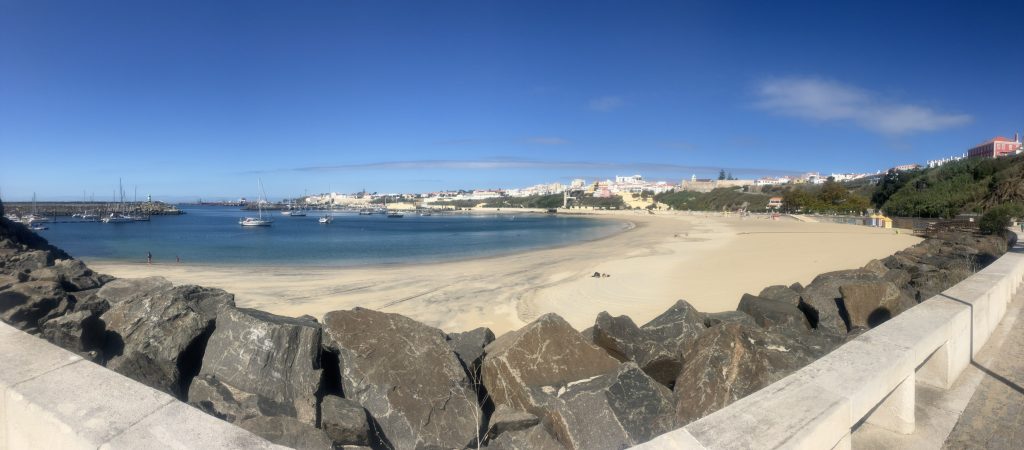
To get to Sines, we had to cross the Setubal Canyon. Because of the fear of contacts by Orcas, most boats these days are traveling in shallow waters (less than 25 meters), hugging the coast. This adds ALOT of miles to travel to reduce risk as the coastline goes way in before going way out again. We opted not to and sailed straight for Sines. Very soon into the passage we saw three large military vessels. Looking up their details on AIS, we saw that they were NATO warships. With everything going on between Russia and the Ukraine right now, these convoys are currently very active. We later realized that there were 17+ ships in the canyon, and it was also speculated that all of their activity kept the Orcas at bay. (More about the Orcas at the end of the post).
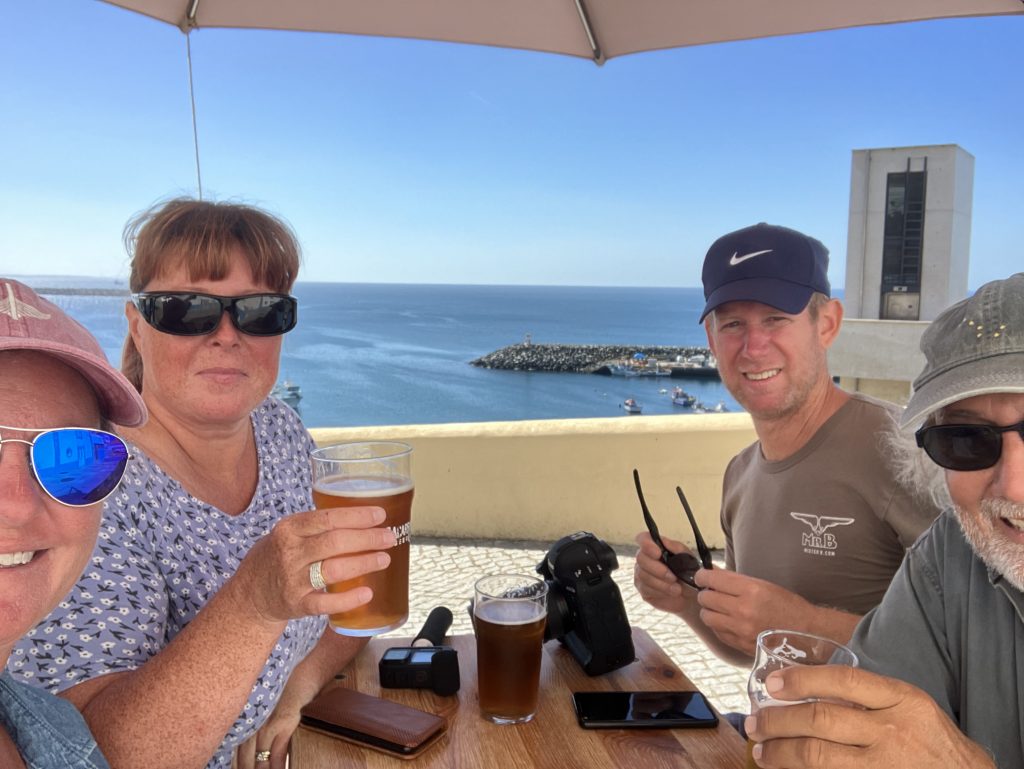
Sines is a small fishing harbor tucked in behind a massive cargo ship and LNG port. It’s also the birthplace of Vasco do Gama. It has the most beautiful beach, and enough room for about 12 boats to anchor, as well as a really nice, small marina. Most importantly it’s protected from both the wind and swell, giving us a bit of time to rest before moving on.
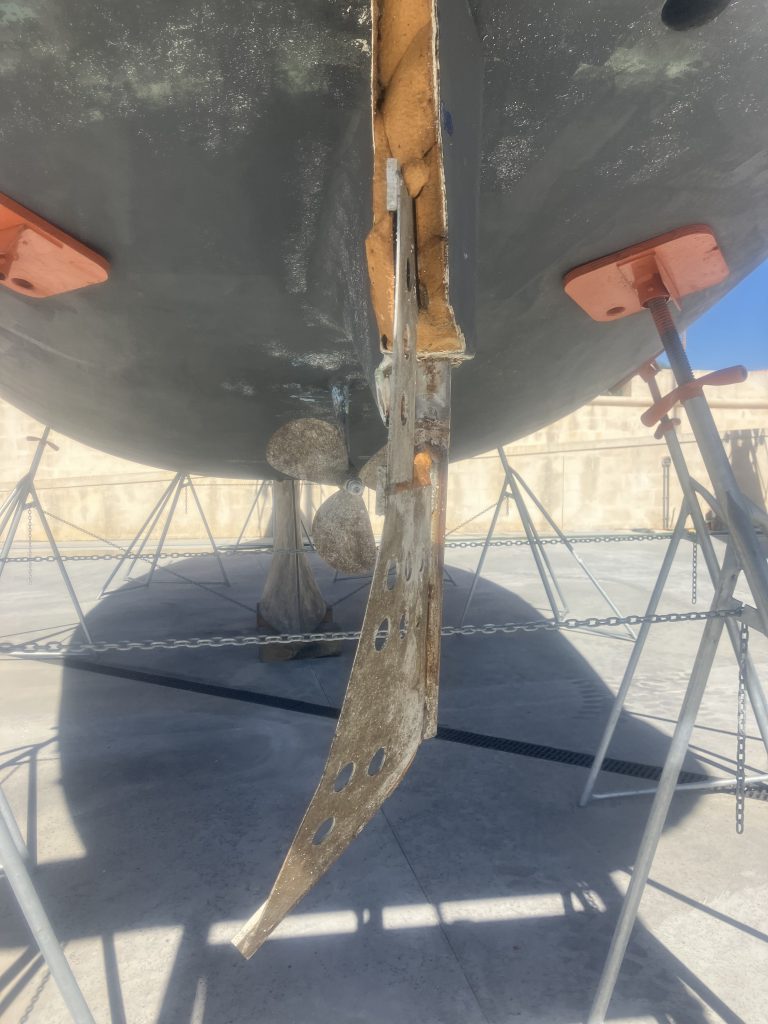
First we wandered through the boatyard, where we saw up close the damage that Orcas had done to a boat rudder. The rudder was completely stripped of its fiberglass, and the stainless steel frame bent severely. Yikes! We wandered through town a bit with Anna and Clyde (they were in the marina), and settled in at the local brewery for lunch. Good food, good beer, and a great view.
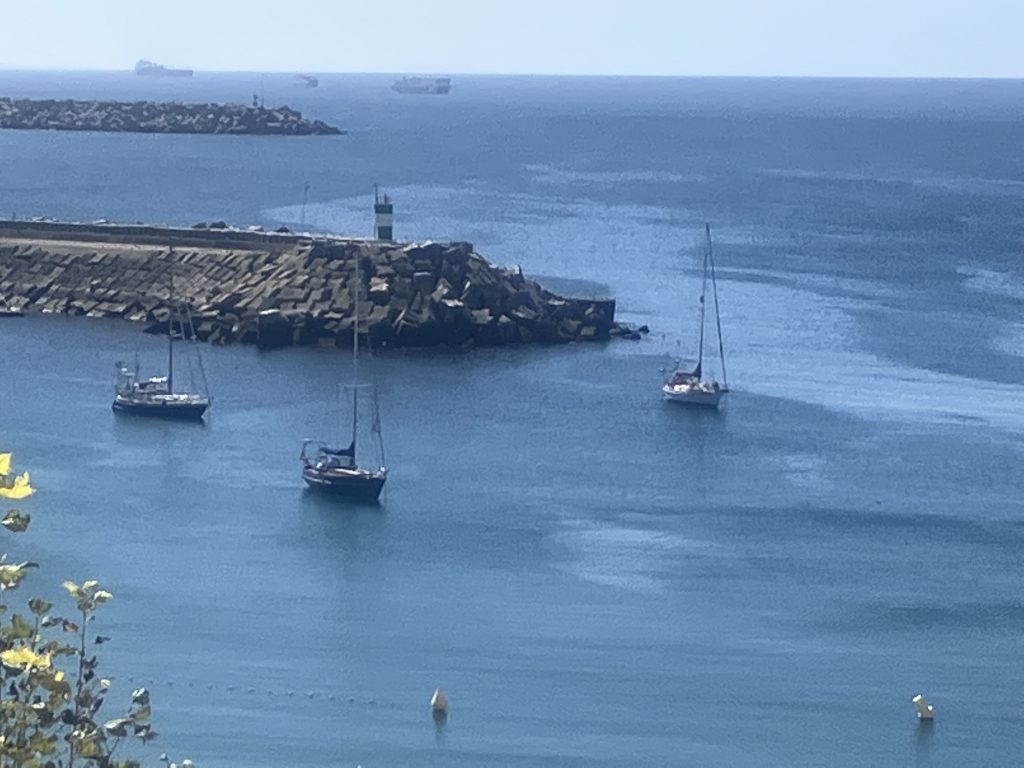
***More about the Orcas…..They live and travel following the tuna between Gibraltar at the entrance to the Med up the coast of Spain and Portugal, into the Bay of Biscay in France. Beginning about 3 years ago, they began making contact with sailboats and specifically destroying their rudders. No one knows why. The most plausible theory that we’ve heard is that tuna populations are dropping, which means Orcas will also hunt whales. They bite the tail to prevent the whale from diving and escaping. Orcas are phenomenally smart animals, and speculation is that sailboats are being used to ‘train’ younger Orcas as the rudders of newer boats could look like a whale tail. Our boat is: 1) painted with red bottom paint (looks nothing like a whale), 2) has a cutaway full keel with attached rudder (looks nothing like a whale tale or tuna). Hopefully this makes us less of a target. Bottom line is that it’s a scary situation, but hundreds and thousands of boats pass through these waters without incident, and we hope to be part of that group…..

Recent Comments